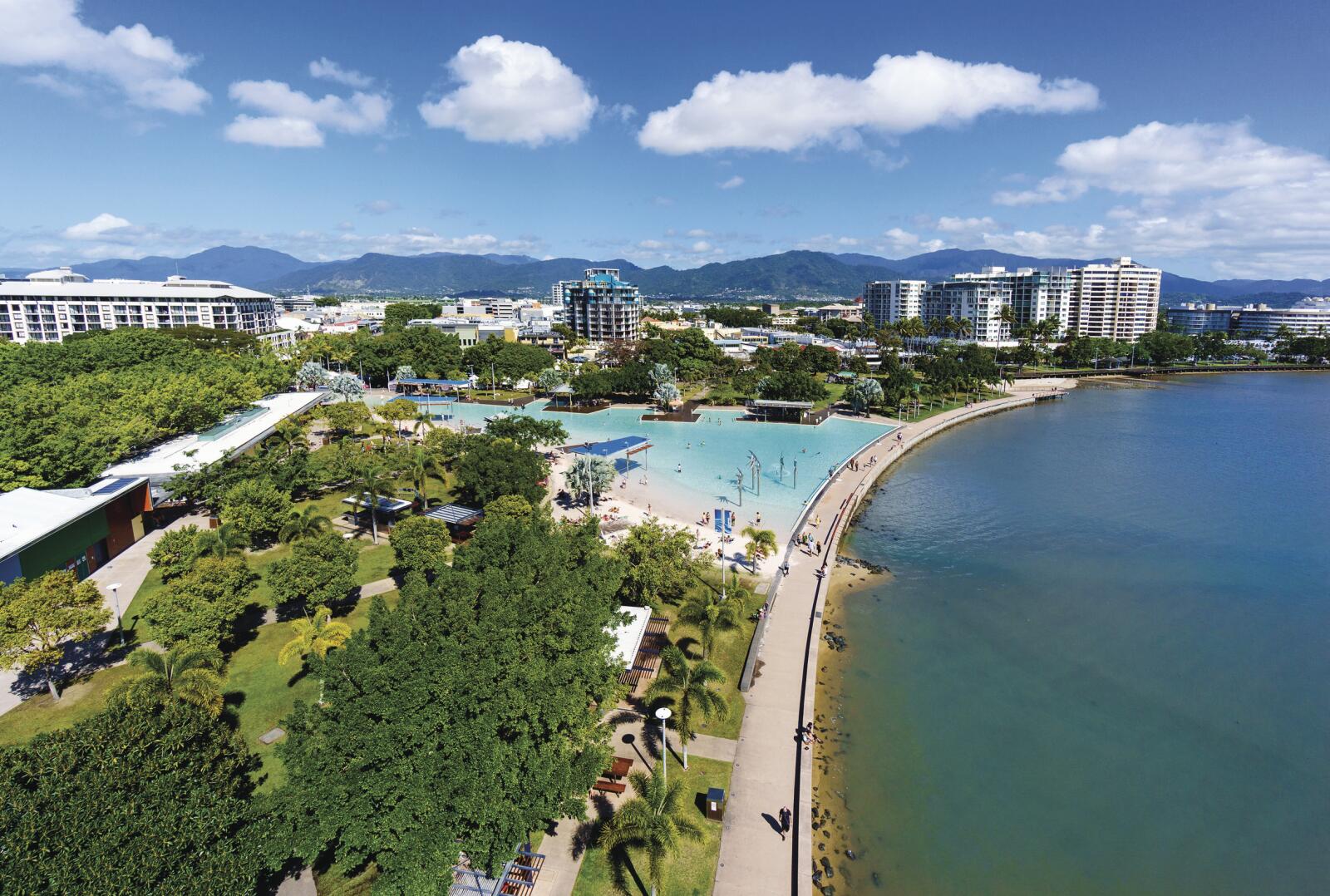Cairns History
Discovered by Captain James Cook in 1770, the area now known as Cairns wasn't settled for another 100 years and in 1872, the discovery of gold at Palmer River saw thousands of miners rush to the region for their chance at striking it rich.

By 1876, Cairns was established and this tent city began to develop with the erection of storage sheds and wharves. As the hype of the gold rush started to die down, so too did Cairns and the lack of income saw the town almost disappear. However a rail line servicing the Atherton Tableland chose Cairns as the starting point and this major engineering feat brought 1500 workers to the area, reviving Cairns once again.
As the Atherton Tablelands flourished with the establishment of major agricultural endeavours, Cairns and its surrounds enjoyed continued growth and development. Cairns set its sights on sugar cane farming and this became the region's main export crop, closely followed by the dairy industry which continued to grow at a rapid rate. Even today, the remains of the massive sugar plantations are seen along the Cairns coastline, with enterprises continuing to operate in Mossman, Innisfail and Tully. The Atherton Tablelands also continue to bear plenty of produce including dairy farms, large coffee and tobacco growing plantations. As Cairns continued to develop its industries, fishing and timber logging played a massive part in turning this small settlement into an incorporated town by 1903.
The following few decades saw Cairns develop into a bustling town and major services were established such as emergency services, a local newspaper, railway and a school of arts building which is now the Cairns Historical Museum. When World War II broke out, Cairns supplied the Allied forces and became a training base, primarily for American troops. The region of Cairns was particularly important during the battle for the Coral Sea and many residents remained despite concerns of a Japanese invasion.
When World War II came to a close, Cairns began a transformation into a tourist destination, popular mainly with Australians. The following decades was the city continue to grow and develop its services and infrastructure and is now a bustling holiday destination both domestically and internationally.
